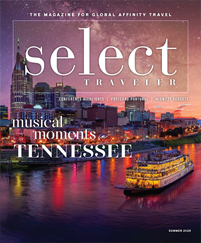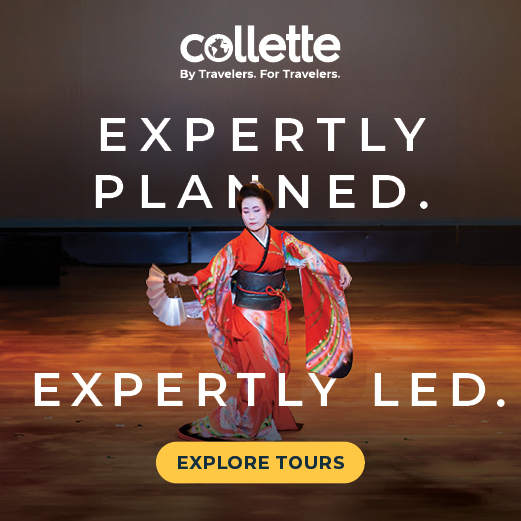Small Midwestern towns allow travelers to discover America at its finest. Always friendly and perpetually charming, these places make a welcome oasis on any journey.
Historically referred to as the Newport of the West, Lake Geneva, Wisconsin’s magnificent waterfront mansions and charming downtown wow all who visit. Wamego, Kansas, dedicates itself to all things Oz as groups are once again captivated by Dorothy’s quest to see the Wizard while recruiting the Scarecrow, the Tin Man and the Cowardly Lion on her way back to Kansas. Springfield, Illinois, has been nicknamed “Mr. Lincoln’s Hometown,” and as the capital of Illinois, it offers world-class attractions. Aurora, Indiana’s progressive dinners in lovely mansions harken back to a nostalgic time of life and commerce along the Ohio River.
Lake Geneva
Lake Geneva’s downtown is a shopper’s paradise, with plenty of galleries and boutiques amid flower-filled planters and fountains. Around the lake, entrepreneurs with household names such as Swift, Wrigley and Schwinn built their summer mansions. Crystal clear waters and white boat docks sporting green-and-white-striped awnings contribute to the country club feel.
In the mid-1800s, wealthy Chicago businessmen gravitated to the area to hunt, fish and camp. After the Great Chicago Fire of 1871, many of these same Chicagoans boarded the train and moved to Lake Geneva while Chicago was being rebuilt. Some never left.
Boat cruises operated by the Lake Geneva Cruise Line showcase the opulent homes. Crews deliver lively narratives about the area’s history and its residents.
“Groups can cruise to Black Point Estate, which is accessible only by boat, and tour the 20-room summer cottage with original furnishings predating 1888,” said Kaitlyn Baer, spokeswoman for the Lake Geneva Convention and Visitors Bureau. “There’s also a mail boat tour, and it’s the nation’s only tour where the mail is actually delivered by someone who jumps on and off the moving boat.”
Before business barons named these shores, the lake’s 21-mile shoreline path served as a Potawatomi thoroughfare. The trail — sometimes paved, often loose stone and occasionally hard-packed dirt — passes private mansions, cottages and several church camps as it widens and narrows. In spots, mature weeping willows sweep over the lake and blooming hydrangeas hedge walkers in. Elsewhere, the path twists and opens to manicured lawns or masses of yellow daylilies and purple columbine. Every turn brings a fresh vantage point, another garden and a different home.
Wamego, Kansas
Although “somewhere over the rainbow” remains just that, there’s no place to celebrate “The Wizard of Oz” quite like the Oz Museum and the Columbian Theatre in Wamego, Kansas. There’s even a yellow-brick road that connects Main Street to the city park. The park’s centerpiece is an 1800s Dutch windmill and pond.
At the Oz Museum, groups step through the screen door on Auntie Em’s front porch and enter Oz. At every turn, life-size vignettes portray scenes from the 1939 movie.
First-edition books, personal items and memorabilia are just some of the thousands of items on display. Some date to 1900, the book’s first year of publication. On display are two of the four remaining flying monkeys, miniature replicas made out of rubber.
“We will be unveiling the most significant pieces in the museum’s collection at this year’s OZtoberFest, which will be held on the last weekend of September,” said Clint Stueve, executive director of the Columbian Theatre Foundation. “It’s truly a cool small-town festival.”
The Columbian Theatre’s ties to Oz date to the 1893 Chicago World’s Fair, part of the Columbian Exposition. Wamego is referred to as the White City because of its spectacular architecture, waterways, exhibits and white buildings, and the fair provided the inspiration for author Frank Baum’s “Emerald City.” The theater holds the largest collection of decorative arts from that exposition; they include six massive murals and the first floor’s limestone facade and columns, as well as many decorative accents.
Throughout the year, the theater presents five productions and schedules six to eight small bands and acts. Local and regional performers make up the talented casts.









